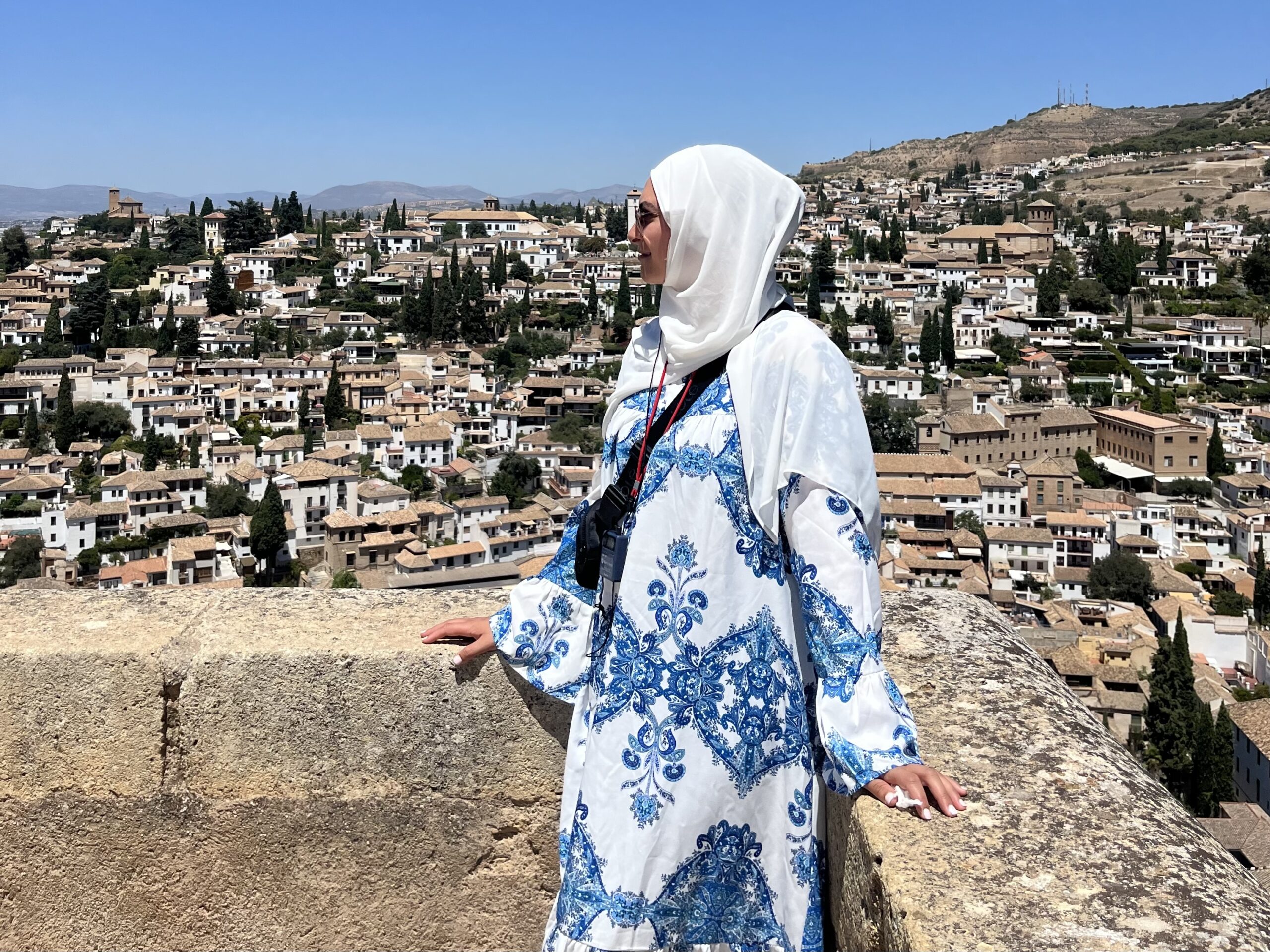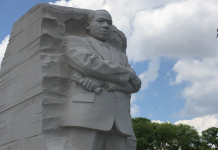World Hijab Day, celebrated annually on February 1st, is a global initiative that nourishes solidarity, understanding, and tolerance. It encourages people from all walks of life to experience and appreciate the hijab for a day. And, it breaks down misconceptions and builds bridges of empathy.
When I discovered there was a day dedicated to honoring women who choose to wear the hijab, I knew I had to participate. This year, for World Hijab Day, I want to share my personal journey of wearing the hijab and address some of the most common questions surrounding it.
My journey began at a young age. I knew that wearing the hijab was a way to honor my faith and felt an indescribable spiritual connection to it. At just nine years old, I confidently approached my parents and shared my decision to start wearing the hijab. While they seemed a bit frazzled, they emphasized the commitment and dedication that this choice would require. Despite their concerns, I felt certain about my decision. I assured them that this was what I truly wanted.
With determination and a clear sense of purpose, I insisted on taking this meaningful step.
The next day I confidently walked into my third-grade classroom, filled with mostly non-Muslim classmates, wearing my new apparel: my hijab. Was it awkward? Absolutely. Walking in looking very different from the day before drew stares, whispers, and questions. The first came from my concerned teacher, who asked if anyone had forced me to wear it. I smiled and confidently assured her it was my decision—and I was happy with it.
The hijab, for me, was never just a head covering. It was a statement of my values, a symbol of my faith, and a lesson in resilience. It taught me to be confident in who I am, to hold fast to my beliefs, and to navigate the judgments of others with grace. Wearing the hijab opened the door to meaningful conversations, broke barriers, and cultivated understanding between myself and those from different backgrounds.
For me, these conversations were opportunities to educate others about Islam and what it truly means to be a Muslim. I welcomed the curiosity openly, especially when it came from a place of genuine interest.
In honor of World Hijab Day, I want to take this opportunity to answer some of the most common questions about the hijab and dispel some misconceptions.
1. Does your religion force you to wear a hijab?
Absolutely not. Contrary to popular belief, wearing the hijab is a personal choice for most women. It symbolizes empowerment and reflects a woman’s decision to take control of her body and identity. The Quran clearly states, “There is no compulsion in religion,” reinforcing that hijab is a choice made from within—a commitment rooted in one’s own values and faith.
2. At what age does one begin to wear the hijab?
While it is recommended for girls to start wearing the hijab at the age of puberty, it remains a personal decision. Many women choose to begin wearing it at different ages, depending on when they feel ready to commit.
3. Who is allowed to see you without the hijab?
Other women can see you without the hijab, as well as close male relatives, specifically your father, grandfathers, brothers, uncles (on both parents’ sides), and husband.
4. If you choose to wear the hijab, can you change your mind?
Just like any personal decision, someone may change their mind about wearing the hijab. While it is a significant commitment, it is a choice that must come from the heart, and there should not be any judgment if someone decides to take it off.
5. When are you allowed to remove the hijab?
The hijab is worn in public or in the presence of men who are not the aforementioned “close relatives.” It can be removed at home, in private settings, or among other women. Additionally, elderly women may choose to stop wearing the hijab if they wish, as they are not obligated to continue.
6. What does the hijab represent, and why do you wear it?
For many Muslim women, the hijab is a visible and profound expression of their faith and modesty. It serves as a constant reminder of their connection to God, embodying values of humility and spiritual devotion. Beyond modesty, it symbolizes a commitment to placing faith and the relationship with God above all else.
7. Are there different ways to wear the hijab?
Yes! The hijab varies widely across cultures and regions, reflecting the diversity of the Muslim community. Whether it’s the simple drape of a scarf, or the full-body Chador, the hijab is as unique as the women who wear it.
8. Do Muslim women in the U.S. style their hijab differently?
In the U.S., you’ll see Muslim women expressing modesty in a variety of ways, reflecting diverse interpretations and practices. There are general guidelines and cultural or religious rules about what modesty entails and what should be covered. However, it’s essential to recognize that this is deeply personal and often a journey for many women.
There are numerous gray areas in how modesty is understood and practiced, as it’s influenced by individual experiences, beliefs, and circumstances. Understanding this allows us to approach the topic with empathy and respect, honoring each woman’s unique path.
World Hijab Day is a celebration of faith, empowerment, and individuality. Through my story and these answers, I hope to inspire understanding and cultivate meaningful conversations. The hijab is more than just fabric—it is a symbol of choice, spirituality, and resilience. Whether you wear it or simply seek to learn more about it, take this opportunity to celebrate the diversity and richness of the world around us. Together, let’s create a culture of respect, empathy, and solidarity.











